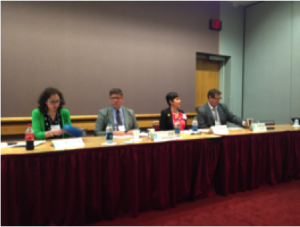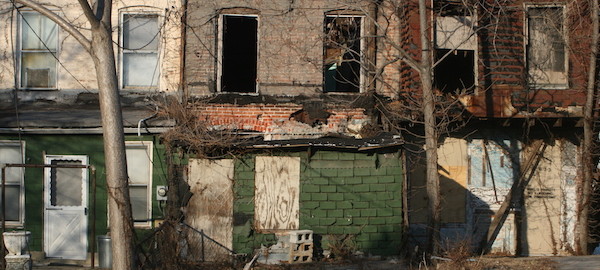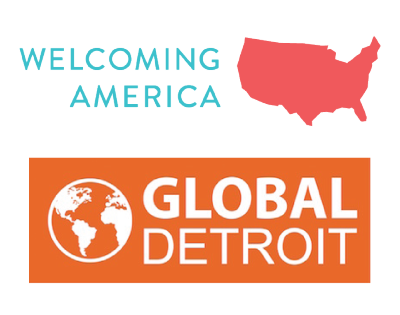Neighborhood Revitalization: The Immigrant/Refugee Opportunity
Energy was high as 300 individuals from organizations committed to welcoming immigrants and growing their regional economies gathered together at the July 9 WE Global Network Convening. The Convening covered topics ranging from business and economic development to community culture and arts, and the panels generated exciting and thoughtful conversation.
During the Neighborhood Revitalization panel discussion, each speaker brought a unique perspective to the conversation, and all agreed that attracting, retaining, and welcoming immigrants and refugees into neighborhoods has incredible benefits.
Lets take a quick look at Ohio: Ohio’s population growth has slowed significantly since the 1970s. In addition, Ohio cities’ residential vacancy rates are around 10%. In smaller cities and towns in Ohio, this rate is even higher. This stagnation coupled with an aging population and a slew of uninhabited houses makes welcoming newcomers to the area an attractive goal.

From left to right: Alison Goebel (Greater Ohio Policy Center), Councilperson Joe Cimperman (City of Cleveland), Raquel Garcia Andersen (Global Detroit), Aaron Sorrell (City of Dayton)
There are considerable opportunities across the Rust Belt for economic and neighborhood growth through welcoming immigrants in regions enduring similar conditions. For example, the panelists described how, as a result of directly marketing homes to the Turkish population in Ohio, over 300 homes were renovated and there was a $15 million increase to the local economy. Raquel Garcia Andersen of Global Detroit described how becoming a homeowner has a positive ripple effect on the community. She explains, “Once you own a house, you can save that money you usually would be using to pay for rent…you are able to participate more fully in the economy and generate more wealth in the neighborhood by spending that money at local businesses.” In short, regions that are attracting and retaining immigrants are combating decades of population loss, formerly vacant neighborhoods have become culturally diverse and lively, and everyone benefits when immigrants and refugees become homeowners because they help strengthen the local economy.
At this moment, cities and states within the WE Global region face an exciting opportunity to revitalize struggling neighborhoods through immigrant attraction. However, there are barriers that make it difficult for immigrants and refugees to become homeowners that must be addressed. There are language barriers when it comes to navigating the process of buying a home as well as with local property code enforcement. There are also challenges in establishing a standard construction method and with neighborhood integration with other groups already living there.
Fortunately, strategies are being developed that carve pathways through these barriers. Panelist and Cleveland City Councilman Joe Cimperman provided several concrete suggestions to tackle these issues, such as working with local community colleges to develop a basic framing and home construction course for immigrants, and creating “Dream Neighborhood” plans, welcoming revitalization plans to reinvigorate select Ohio cities by appealing to refugees while improving living conditions for existing residents.
As Dayton City Planning official Aaron Sorrell stated, we must make a larger effort to support immigrants’ full integration in our communities. Once we do that, we open up our cities to the opportunities for social and economic growth that immigrants and refugees bring, ultimately creating societies that are better for everyone.
Featured photo credit: Urbanfeel on flickr.




